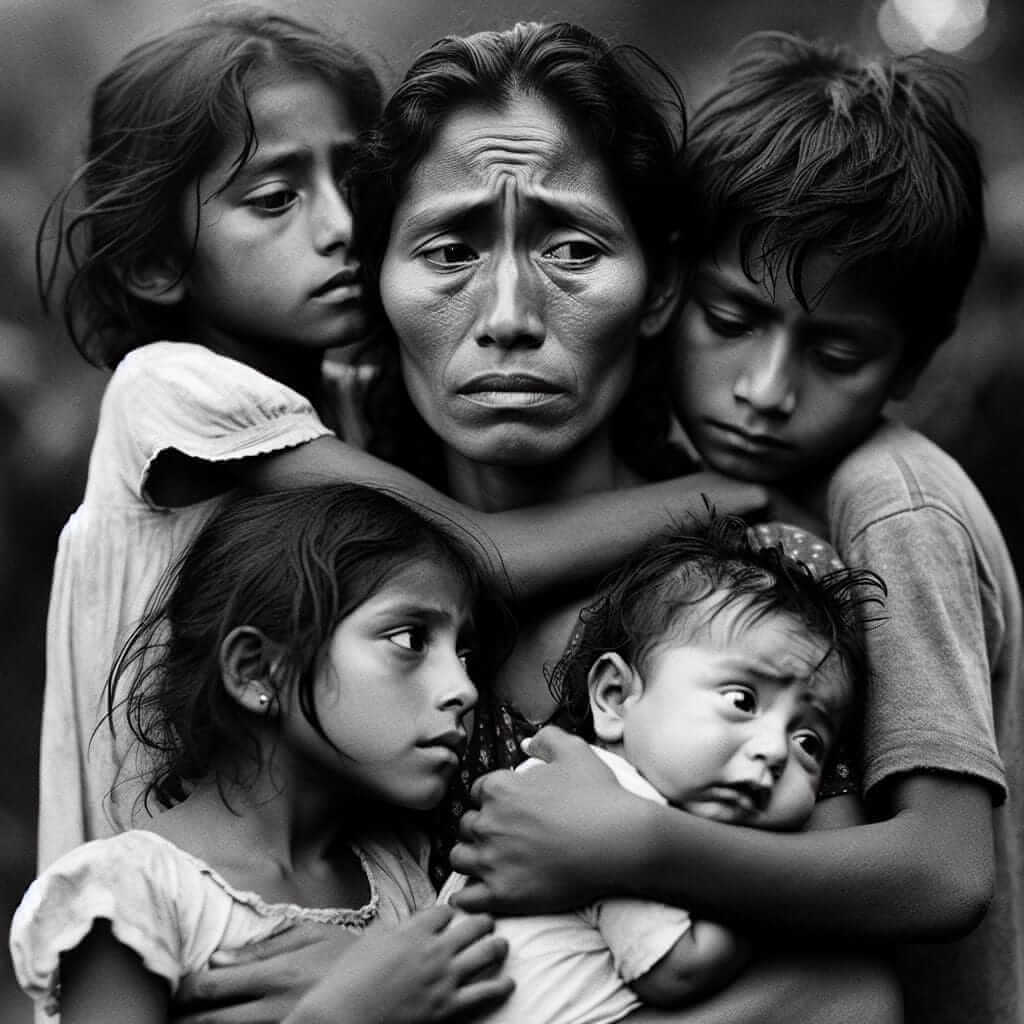The intersection of art, culture, and social change is a fascinating area of study that frequently surfaces in IELTS Writing Task 2. This essay will delve into this theme, providing a comprehensive analysis of the topic and offering a band-8 worthy sample answer.
Let’s examine a few potential essay prompts related to this topic:
- To what extent do you agree or disagree with the statement that art and culture are powerful tools for social change?
- Some people believe that art and culture can help bridge cultural divides and promote tolerance. Others argue that their impact is limited. Discuss both views and give your opinion.
- Art and cultural events can be used to promote tourism and economic growth. However, some argue that this can lead to the exploitation of culture. Discuss both views and give your opinion.
Sample Essay: Art as a Catalyst for Change
For this exercise, we’ll focus on the first prompt:
To what extent do you agree or disagree with the statement that art and culture are powerful tools for social change?
Analysis
This prompt requires you to take a stance on the power of art and culture in driving social change. You are expected to provide a clear opinion and support it with relevant examples and arguments.
Model Essay
Art and culture, often seen as reflections of society, possess an undeniable power to also be its driving force. I firmly believe that these mediums are potent instruments for social change, sparking dialogue, challenging norms, and ultimately shaping a more just and equitable world.
Firstly, art in its various forms – be it painting, music, literature, or film – has the unique ability to transcend geographical and cultural boundaries, creating empathy and understanding among diverse populations. Powerful imagery and narratives can expose social injustices, ignite compassion, and mobilize individuals to demand change. For instance, the poignant photographs of Dorothea Lange during the Great Depression in America brought to light the plight of migrant workers, galvanizing public support for social welfare programs.

Furthermore, cultural events like festivals, exhibitions, and performances can foster dialogue and challenge societal norms. These platforms provide spaces for critical thinking, promoting inclusivity and tolerance. The annual Gay Pride parades, for instance, have played a pivotal role in advocating for LGBTQ+ rights, transforming social attitudes and influencing legislation.
However, it’s crucial to acknowledge that the impact of art and culture on social change is not always immediate or linear. While they plant the seeds for change, other factors like political will, education, and economic equality are crucial for meaningful and lasting transformations to occur.
In conclusion, art and culture are not merely passive reflections of society; they are dynamic forces that can challenge the status quo, foster empathy, and inspire collective action. Although their impact might be gradual and require the confluence of other social factors, their power to effect social change remains undeniable. (Word count: 285)
Writing Notes
- Structure: The essay follows a clear structure – introduction, body paragraphs presenting arguments, and a conclusion that reiterates the stance.
- Vocabulary: The essay uses a range of sophisticated vocabulary related to the topic (e.g., “potent instruments,” “transcend boundaries,” “ignite compassion,” “galvanizing public support”).
- Examples: Concrete examples (Dorothea Lange’s photography, Gay Pride parades) strengthen the arguments and demonstrate a good understanding of the topic.
Vocabulary
- Potent (adjective): /ˈpoʊ.tənt/ – Having great power, influence, or effect.
- Transcend (verb): /trænˈsend/ – To go beyond the limits of something.
- Empathy (noun): /ˈem.pə.θi/ – The ability to understand and share the feelings of another.
- Injustices (noun): /ɪnˈdʒʌs.tɪs.ɪz/ – Lack of fairness or justice.
- Galvanize (verb): /ˈɡæl.və.naɪz/ – To shock or excite someone into taking action.
- Plight (noun): /plaɪt/ – A dangerous, difficult, or unfortunate situation.
- Foster (verb): /ˈfɒs.tər/ – To encourage the development or growth of something.
- Inclusivity (noun): /ɪn.kluːˈsɪv.ə.ti/ – The practice or policy of including people who might otherwise be excluded or marginalized.
- Confluence (noun): /ˈkɒn.fluː.əns/ – The junction of two rivers, especially rivers of approximately equal width.
- Status Quo (noun): /ˌsteɪ.təs ˈkwoʊ/ – The existing state of affairs, especially regarding social or political issues.
Conclusion
The role of art and culture in promoting social change is a multi-faceted topic that provides fertile ground for discussion in the IELTS exam. Remember to analyze the prompt carefully, present a clear stance, and support your arguments with relevant examples and sophisticated vocabulary. By practicing essay writing on such topics, you can significantly enhance your ability to articulate complex ideas effectively and achieve your desired band score.